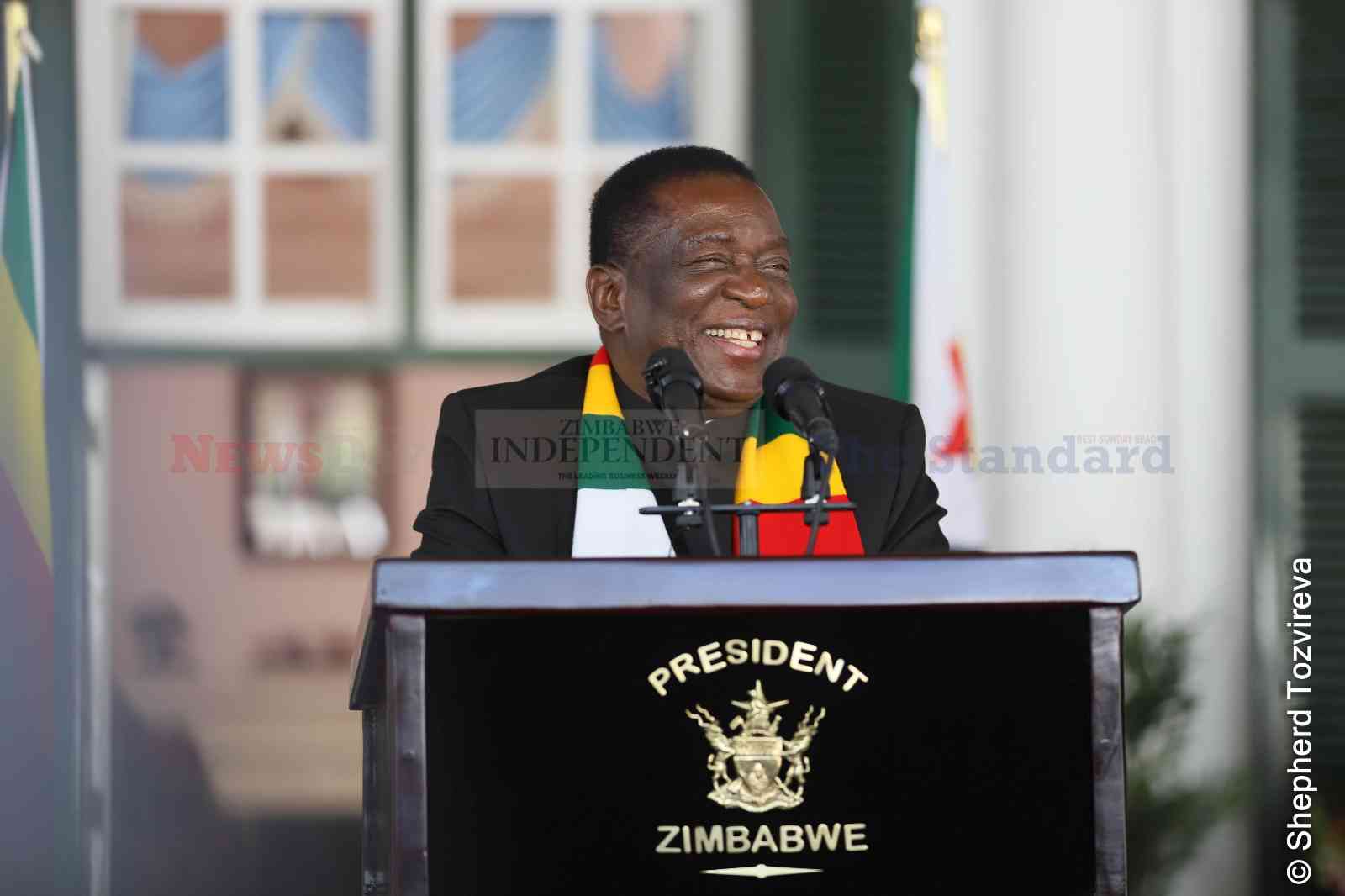
MEDIA reports and predictions from various research institutions revealed that Zimbabwe’s trade deficit is increasing on monthly basis with the leading industry financial market analysis firm BMI Research predicting that, current account deficit for Zim will widen by 0.8 % by year end.
DAVID MHLANGA
On the other hand, the Reserve Bank of Zimbabwe (RBZ) reported that merchandise developments in the first three months of 2018 resulted in a trade deficit of $784,3 million compared to $274m recorded during the fourth quarter of 2017.
The RBZ also revealed that, the trade balance also worsened by 85,3% on a year on year basis from deficit of $423,1m in the first quarter of 2017 to a deficit of $784,3m in the first quarter of 2018.
The million-dollar question is: why is the trade deficit continuously increasing in Zimbabwe?
One may ask, what is the trade deficit?
A trade deficit is when a country imports more than it exports. It is also called a negative balance of trade. It is one way of measuring international trade.
To calculate the trade deficit, one can subtract the total value of exports from the total value of imports.
- Chamisa under fire over US$120K donation
- Mavhunga puts DeMbare into Chibuku quarterfinals
- Pension funds bet on Cabora Bassa oilfields
- Councils defy govt fire tender directive
Keep Reading
The first reason why Zimbabwe remain with a deficit is that the country is not producing all it needs.
The country, on many occasions, is forced to borrow from foreign states and locally to pay for the imports.
Therefore, because Zimbabwe has a trade deficit, this will result in worsening current account deficit in the balance of payments meaning imports will be more than the exports.
People import various goods so as to supplement the shortage as the country is not producing all the goods needed by its citizens.
For instance, people import, flour and fuel because of shortage of these products on the market. This in turn will worsen the trade deficit.
The other reason is that domestic companies in Zimbabwe manufacture in foreign countries.
They export raw materials to foreign countries’ factories, these exports of raw products are counted as exports.
When the finished goods are shipped back home, they are counted as imports. This is worsening the trade deficit in Zimbabwe.
Major exports in Zimbabwe are raw products, which are commonly referred to as raw materials.
The value of raw products exported, if compared with the finished products imported one, will find that the imported finished products will have a high value than exported raw material.
Major exports in Zimbabwe
Zimbabwe’s main exports are tobacco which contributes approximately 23% of total exports and nickel which contributes approximately 20%. Others include: diamonds, platinum, ferrochrome, and gold.
Zimbabwe’s main export partners are South Africa, China, the Democratic Republic of Congo and Botswana.
Looking at the nature of exports to these countries, more products are exported as raw materials, meaning production happens in foreign factories rather than in Zimbabwean ones.
The worrying reality is that, they will return to Zimbabwe as imports of finished products from South Africa, China, Botswana. This is affecting the trade balance of the country.
For instance, South Africa accounted for 79% of the exports of Zimbabwe in 2016, Mozambique (9,4%), the United Arab Emirates (4,1%), Zambia (2,5%), Botswana (1%) and Belgium (1,6%) as provided by Trading Economics.
The nature of products exported to these countries more than 50 % of them are raw materials, which affect the value of Zimbabwe’s exports.
In 2017, for instance, from January to October, Zimbabwe had a trade deficit of $1,6 billion.
The imports during that time reached $4,5 billion against exports of only $2,9 billion, quantity of exported products may be high, but the value is affected because the country is exporting raw products.
It sometimes feels like a Catch-22 in Zimbabwe, where imports are high because exports are low and exports are low because imports are high.
Based on statistics from the Central Intelligence Agency’s World Factbook, from a continental perspective, $2,6 billion or 93,4% of Zimbabwean exports by value were delivered to other African countries while 4,3% were sold to Asian importers.
Zimbabwe shipped another 2.2% worth of goods to European Union members.
Zimbabwe’s number one exported product is unmanufactured tobacco and tobacco scrap followed by gold, nickel ores and concentrates, ferro-alloys then unmounted and unset diamonds.
Giving an example of 2016, gems, precious metals: $1 billion (36% of total exports), tobacco, manufactured substitutes: $927 million (32,7%), ores, slag, ash: $318,6 million (11,3%), Iron, steel: $122,5 million (4,3%), sugar, sugar confectionery: $58,9 million (2,1%), Salt, sulphur, stone, cement: $57,2 million (2%), Nickel: $35 million (1,2%), Raw hides, skins not fur skins, leather: $29 million (1%), Cotton: $24,9 million (0,9%), wood: $23,6 million (0,8%).
The major chunk of these exports are raw materials, unmanufactured products exported.
Given these revelations, it is very difficult for Zimbabwe to correct its trade deficit if production of goods continues to take place in foreign factories of South Africa, Botswana, Zambia and the UAE.
The reality of the matter is that production needs to increase in Zimbabwe and exports must be exports of value added products, for the trade deficit to fall and come to normal levels.
With the persistent deficit, the following problems will remain in Zimbabwe: unemployment, liquidity crisis, credit crunch, brain drain and poverty, among others.
David Mhlanga is a Doctoral Fellow Economics North West University











